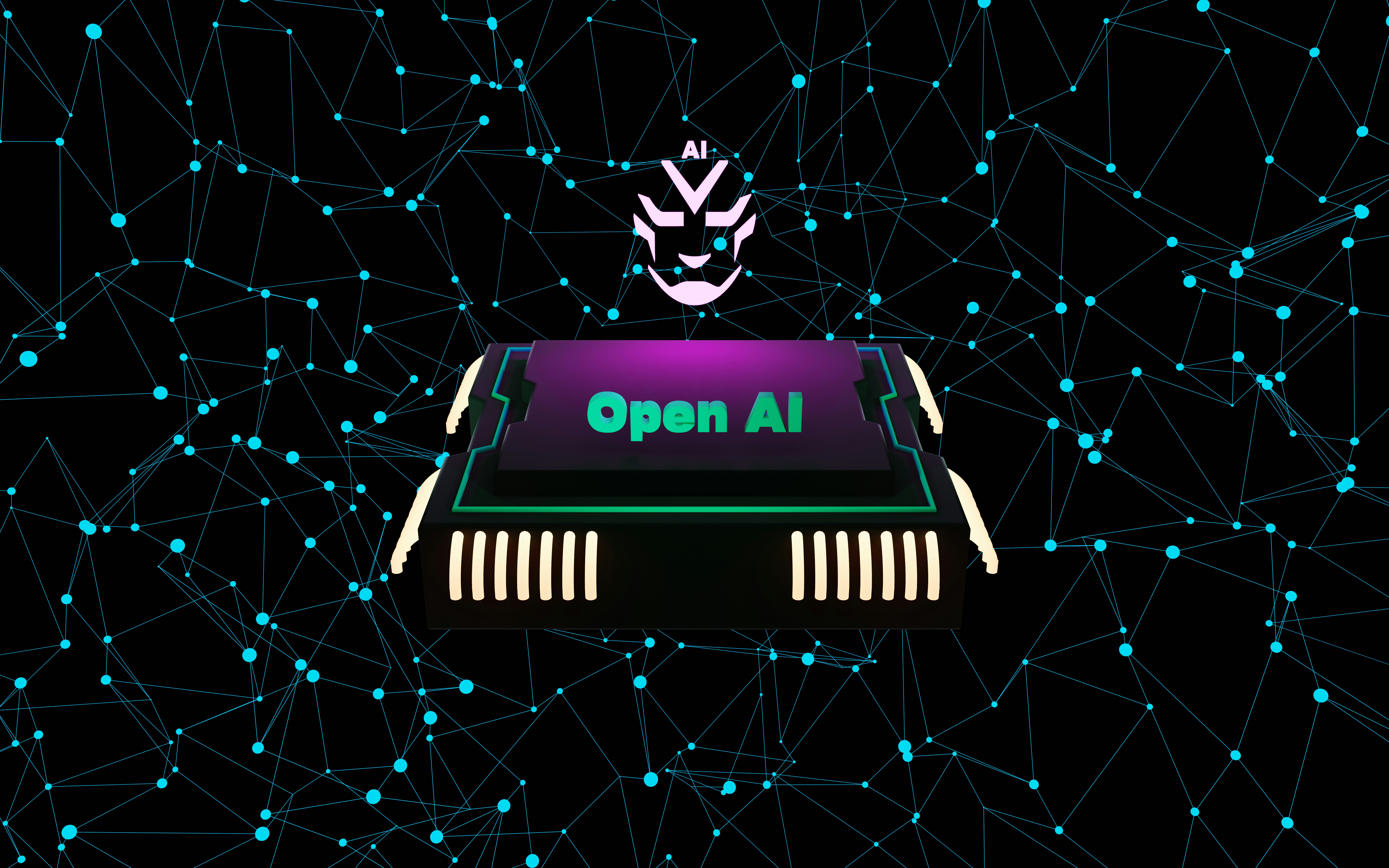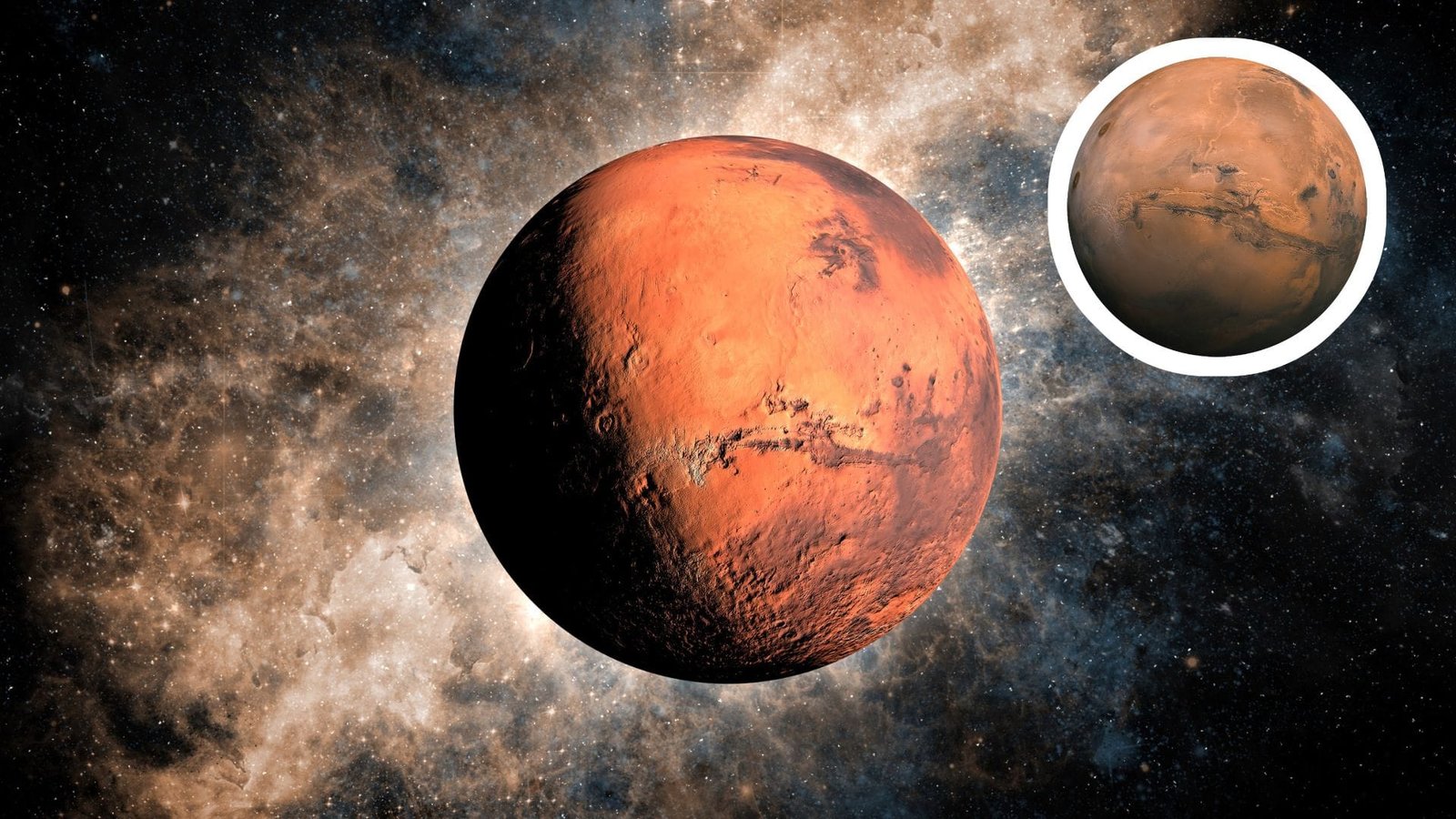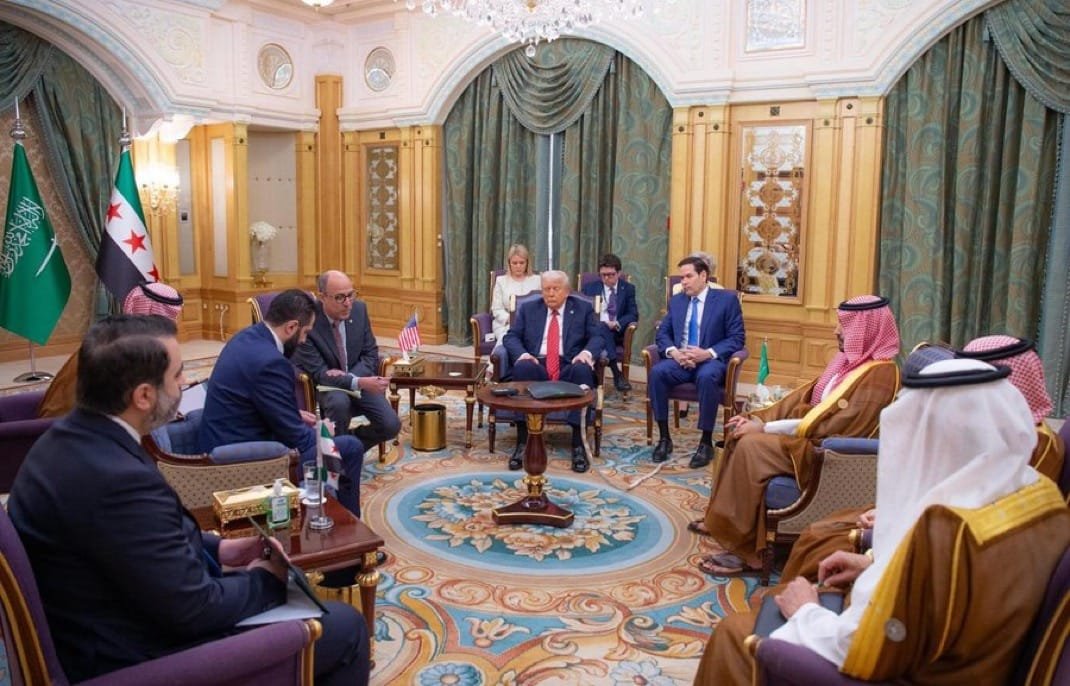
Introduction to AI in Visual Content Creation
In recent years, artificial intelligence has profoundly transformed the landscape of visual content creation, enabling creators to harness sophisticated tools and technologies that streamline their workflow. The advent of AI has provided new ways to produce stunning videos and images, allowing for both enhanced efficiency and greater creative expression. This innovative technology has made it possible to automate repetitive tasks, analyze data, and even generate visual content that reflects the unique styles of various creators.
AI-driven tools are increasingly integral to how visuals are produced today. For instance, machine learning algorithms can analyze existing videos and images to identify patterns, thus assisting creators in understanding what appeals to their audience. This insight allows for the refinement of content strategies and visual styles. Furthermore, advanced AI applications, such as image and video editing software, automate labor-intensive processes like color correction, video stabilization, and object removal, thereby significantly reducing the time required to produce high-quality content.
The integration of AI technologies also facilitates the creation of new forms of visual storytelling. Tools powered by artificial intelligence can generate compelling animations, create photorealistic images from sketches, or even enhance existing visuals by adding effects and adjustments that would typically require expert-level skill. Such capabilities empower creators to experiment more freely, pushing the boundaries of traditional visual content creation.
As creators begin to explore these AI-enhanced platforms, they discover that the limitations of conventional methods can be surpassed. The power of artificial intelligence is reshaping the future of visual content, fostering an environment where creativity thrives alongside technological advancement. The potential applications for AI in videos and images are limitless, making this an exciting time for content creators to embrace these revolutionary changes in their practices.
Understanding Different AI Technologies
Artificial intelligence encompasses a myriad of technologies that play a vital role in the creation of visual content, such as videos and images. Among the most significant are machine learning, neural networks, computer vision, and natural language processing, each representing unique approaches and applications that enhance the capabilities of modern media production.
Machine learning serves as the foundation for many AI applications by enabling systems to learn from data and improve their performance over time. In the context of creating images and videos, machine learning algorithms analyze vast datasets to recognize patterns, facilitating the automatic generation of high-quality visuals. For example, by studying millions of photos, these algorithms can learn how to produce images that mimic specific styles or enhance existing content with minimal human intervention.
Neural networks, particularly deep learning models, are essential in transforming raw data into sophisticated images and videos. By employing layers of interconnected nodes that mimic the human brain’s architecture, neural networks can manage complex tasks such as image recognition, video stabilization, and even facial recognition. This technology has become instrumental in various applications, from creating immersive virtual environments to generating lifelike animations.
Computer vision, another crucial aspect of AI, focuses on enabling machines to interpret and understand visual information. This technology employs algorithms that allow AI to process and analyze images, thereby facilitating tasks like object detection and scene recognition. Through computer vision, the creation process is not only streamlined but also enhanced, allowing for innovative editing techniques that produce captivating visuals.
Natural language processing (NLP) complements these technologies by enabling AI systems to understand and generate human language. In the realm of videos and images, NLP assists in automating caption generation or organizing multimedia content based on textual descriptions. By leveraging NLP alongside other AI technologies, creators can develop more engaging and interactive visual narratives.
Choosing the Right AI Tools for Your Projects
In the rapidly evolving realm of digital content creation, selecting the appropriate artificial intelligence tools is pivotal for producing striking videos and images. Numerous software options are currently available, each equipped with unique features tailored to meet diverse project requirements. A few popular AI-driven tools have emerged as leaders in the industry, offering solutions that facilitate varying levels of complexity in video and image production.
One of the standout options is Adobe Sensei, an AI and machine learning platform embedded in Adobe’s suite. It serves as a robust tool for both novice and professional creators, enhancing image editing and video production with intelligent features such as auto-tagging, facial recognition, and content-aware fill. This tool can adapt to users of different skill levels, making it a versatile choice for a broad audience.
Another noteworthy software is Runway ML, which is designed primarily for video projects. Its user-friendly interface enables creators to harness sophisticated AI technologies without requiring extensive technical knowledge. With capabilities like generative image synthesis and seamless background removal, Runway ML stands out for aspiring filmmakers and content creators seeking efficiency and innovation.
Additionally, DeepArt is an AI tool that specializes in transforming images into artwork using styles from renowned painters. This software is well-suited for those aiming to create artistic representations of their photos. Its ease of use appeals to artists and graphic designers looking to leverage AI in their projects.
When selecting the right AI tools, it is essential to consider your specific project goals and your skill level. Each software varies in functionality, and thus evaluating their respective features and user-friendliness is crucial in making an informed decision. An effective choice can significantly enhance the quality and impact of the videos and images produced.
Crafting Captivating Videos with AI
The integration of artificial intelligence into video creation has revolutionized the way content is produced, making it accessible and efficient for creators at all levels. Utilizing AI tools in scripting, shooting, and editing videos can streamline the entire process, ensuring that the final output is not only visually stunning but also engaging to the audience. Here, we explore a systematic approach to harnessing these AI capabilities.
Initially, the scripting phase can be significantly enhanced through AI-generated scripts. Various platforms now offer tools that analyze trending topics and generate scripts based on audience preferences and current events. This allows creators to focus on themes that resonate with viewers, while the AI handles the foundational writing, ensuring a structured and coherent narrative. By inputting keywords or themes, creators can receive tailored scripts that align with their vision.
Next, in the shooting phase, AI-powered cameras and drones can automate the capturing of high-quality visuals. These tools utilize machine learning algorithms to adapt to changing environments, ensuring optimal framing and lighting conditions. Features such as object tracking and scene recognition allow for a more dynamic and interactive filming process, where the technology assists in producing compelling footage that holds viewer attention.
When it comes to the editing phase, artificial intelligence simplifies the editing process through automated video editing software. These platforms employ algorithms to select the best clips, synchronize audio tracks, and even add AI-generated visual effects, resulting in polished production without the traditional time investment. Advanced features, such as automated color correction and transition application, further enhance the overall quality, ensuring that the final product is engaging and visually appealing.
In conclusion, employing artificial intelligence in the video creation process not only optimizes workflows but also elevates the quality of the output, making it easier for creators to produce captivating content that stands out in a saturated market.
Creating Stunning Images Using AI
Artificial intelligence has revolutionized the field of image creation and enhancement, providing tools for both amateur and professional creators. Among the most notable applications of AI technology is photo editing, which has become more efficient and accessible. With AI-powered software, users can quickly adjust lighting, remove unwanted objects, or apply filters, transforming ordinary photos into stunning images with minimal effort.
In addition to photo editing, AI also enables image synthesis, where algorithms generate entirely new visuals based on certain parameters. This process can be particularly useful for creating unique artwork or conceptual designs that might be difficult to produce through traditional means. By employing generative adversarial networks (GANs), artists and designers can explore novel aesthetics, resulting in images that uniquely reflect their vision.
One of the most exciting advancements in AI is the method of style transfer, which allows creators to apply the style of one image to another. This technique has proven remarkably popular for transforming photographs into stylistic representations akin to famous artworks or particular artistic movements. The flexibility of style transfer means that one can create visually compelling images that resonate with various audiences, bridging the gap between classic artistry and modern technology.
Furthermore, AI algorithms can analyze and understand visual components, enabling the production of images that are not only aesthetically pleasing but also thematically consistent. This capability can enhance visual storytelling in various media, ensuring that each image aligns with the intended narrative. Overall, the integration of artificial intelligence into the realm of images is poised to significantly elevate visual projects, pushing the boundaries of creativity and innovation.
The Role of AI in Content Personalization
Artificial intelligence has revolutionized the way content is created and consumed, particularly in the realms of videos and images. By leveraging AI-driven techniques, creators can tailor their content to meet the specific preferences and needs of diverse audiences. This personalization enhances viewer engagement and satisfaction, maximizing the impact of every video and photo produced.
One key aspect of content personalization facilitated by artificial intelligence is the analysis of viewer data. AI algorithms can process vast amounts of data collected from various platforms, providing insights into audience behavior, preferences, and demographics. By understanding these factors, creators can design videos and images that resonate more deeply with their target audience. For instance, AI can identify trending topics or popular styles among specific demographic groups, enabling content creators to create tailored visuals that align with those interests.
Another critical technique involves machine learning models that analyze user interactions, such as clicks, shares, and watch times. These models can predict what types of video content or image styles will be most effective for specific segments of the audience. For example, younger viewers might prefer quick, visually striking content, while older demographics might appreciate more in-depth storytelling through longer videos or high-quality images. With such granular understanding, artificial intelligence enhances the precision of content creation.
Furthermore, AI can generate content choices in real-time, adjusting to viewer reactions and refining outputs based on consumer feedback. This dynamic adaptability means that creators can produce personalized videos and photos that evolve alongside audience expectations, ultimately delivering a more satisfying user experience.
In conclusion, the role of artificial intelligence in content personalization is paramount for creators aiming to engage their audiences effectively. By utilizing advanced analytics and machine learning capabilities, videos and images can be crafted to meet specific viewer preferences, ensuring that each piece of content resonates strongly with its intended demographic.
Ethical Considerations in AI-Generated Content
The integration of artificial intelligence in the realm of visual content creation, including videos and images, has inevitably sparked a conversation about the ethical considerations surrounding its use. One major concern lies in copyright issues; as AI systems are trained on existing works, determining ownership becomes complex. If an AI generates an image or video that closely resembles a copyrighted piece, who holds the rights to that output? This ambiguity necessitates a reevaluation of existing intellectual property laws to account for creations that emerge from AI processes, which were once exclusively tied to human creativity.
Alongside copyright discussions, the authenticity of AI-generated content is another paramount issue. Audiences often seek genuine human expression in visual media. When videos and images are produced by algorithms rather than individuals, questions arise regarding the value and authenticity of such creations. As AI continues to generate increasingly convincing content, distinguishing between human-made and AI-generated works may become increasingly difficult, leading to potential mistrust among viewers and consumers. It raises the question – can a creation be deemed authentic if it lacks human touch, or does the impressive technology behind it lend it a different form of validity?
Furthermore, the rise of artificial intelligence in creative fields poses significant implications for employment within these industries. As AI tools become more capable of generating high-quality content with little human intervention, many fear that this could displace workers, particularly those in photography, videography, and graphic design. The ability of AI to automate repetitive tasks might be beneficial for efficiency, but it also risks diminishing the demand for professionals in these areas. This situation compels stakeholders to consider how to navigate these changes responsibly, ensuring a balance between technological advancement and the preservation of human creativity.
Future Trends in AI Video and Photo Creation
The landscape of artificial intelligence is continuously evolving, particularly in the realms of video and photo creation. As technology advances, we are witnessing an emergence of innovative trends that are reshaping how visual content is produced and consumed. One significant trend is the integration of AI-driven tools that streamline the creative process. These tools enable users to create high-quality visuals, allowing even those with limited technical skills to produce professional-grade videos and images. This accessibility could democratize content creation, empowering a broader audience to express their ideas through compelling visual storytelling.
Another noteworthy trend is the rise of generative adversarial networks (GANs) in artificial intelligence, which is expected to revolutionize the quality and realism of generated content. GANs have shown remarkable capabilities in creating photorealistic images and seamless video sequences, with potential applications ranging from entertainment to marketing. Furthermore, advancements in AI will likely lead to personalization at scale, where videos and images can be tailored to specific audiences based on preferences and behaviors. This level of customization could enhance user engagement, as content becomes more relevant and appealing.
The integration of augmented reality (AR) and virtual reality (VR) with artificial intelligence is also predicted to be transformative. These technologies can merge real-world environments with AI-generated visuals, creating immersive experiences that can change how we interact with content. As AI continues to advance, we may witness the development of real-time video editing tools that incorporate sophisticated algorithms to enhance or modify footage as it is being recorded, further expanding creative possibilities.
In conclusion, the future of artificial intelligence in video and photo creation is poised to bring about exciting and transformative developments. As new tools and technologies emerge, the potential for innovation in visual content production will be substantial, paving the way for a dynamic evolution in how we create, share, and engage with images and videos. The intersection of AI and creativity beckons a bright future for content creators and consumers alike.
Conclusion: Embracing AI in Your Creative Workflow
The integration of artificial intelligence into the realms of video and image creation marks a significant shift in how content is produced and consumed. Throughout this blog post, we have examined the myriad ways in which AI technologies enhance creativity, streamline workflows, and elevate the quality of visual storytelling. By leveraging sophisticated algorithms and machine learning, creators can not only save time and resources but also produce stunning videos and images that resonate with audiences on a deeper level.
One of the primary benefits of utilizing artificial intelligence in creative processes is its ability to automate repetitive tasks. This allows creatives to focus their energies on conceptualization and innovation, rather than being bogged down by mundane chores. Furthermore, AI tools can analyze vast datasets, enabling content creators to gain insights into audience preferences and trends. This leads to more informed decisions regarding the types of videos and images that will engage viewers effectively.
Moreover, the enhancement of artistic capabilities through AI is remarkable. Tools powered by artificial intelligence provide innovative features, such as automated editing, style transfers, and predictive analytics. These advancements empower creators to explore uncharted territories in visual design, fostering an environment where experimentation is not just encouraged but feasible. This is particularly beneficial for those working in dynamic fields such as marketing, where striking visuals can capture attention in an increasingly crowded digital landscape.
As we embrace artificial intelligence in our creative workflows, it is essential to remain open to its possibilities. Whether you are a seasoned professional or just starting your journey, the potential to innovate and redefine your approach to videos and images is immense. By integrating AI tools, you are not only enhancing your craft but also positioning yourself at the forefront of the evolving creative landscape. The future is here, and with AI, the artistry of video and image creation has never been more promising.








